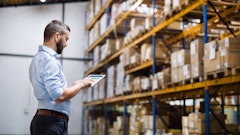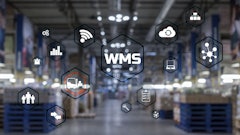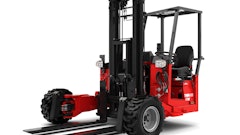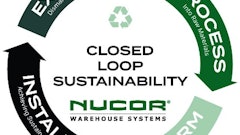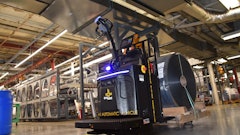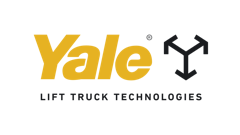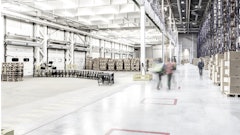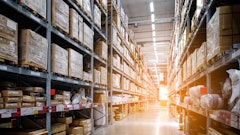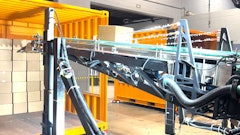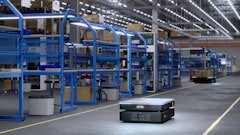
If you change how you look at things, the things you look at change.
Change has been on the cards for some time in the packaging industry, and after all the talk, it's fast becoming a reality. Extended Producer Responsibility (EPR) is altering the landscape and packaging professionals must readjust to meet it.
Across the board, businesses are facing unprecedented upheaval, prompting some to make changes in preparation for EPR. However, some smaller companies may not understand what is coming.
As a result, the clamor for resource, or more specifically, expertise, is rising.
Ripples of change
EPR is about progress, not perfection. It calls for a big-picture perspective on today's environmental and economic challenges and plotting a more hopeful course of action. After all, this hope will pull people along with it.
Rarely are there opportunities to make a real impact and help our planet, but waste represents environmental and economic harm that everyone has the power to change and thereby prosper. Through evidence-based decisions to the make-or-break choices we face now, leaders can engage with tricky issues and create economic and social impact.
With new EPR regulations across Europe, plastic taxes now in force, and deposit return schemes for drinks containers, packaging producers will be expected to bear the full net cost of the packaging they place on the market.
Packaging design and formats, sustainable materials, labelling requirements, recycled content and recyclability, and EPR fees are only some of the high priorities for the businesses on our platform.
From what we've often seen, the level of innovation and the pace of change from packaging manufacturers is impressive. Many positive steps have already been taken, but treading lightly on the planet is complex and data-intensive work.
Many packaging manufacturers will have put a lot of thought into designing something that will hit EPR requirements, particularly where different players in the packaging chain have different responsibilities. Any further fine-tuning must ensure EPR rewards people for doing the right thing instead of penalizing them.
The current economic pressures are undoubtedly causing disruption, and unsurprisingly, eyes may have been diverted elsewhere. But we have come to understand how this plays out.
Designing for change
From the perspective of designers and entrepreneurs, every decision has a consequence. This is why we never examine the sustainability benefits of packaging in isolation but examine the broader picture, encompassing the sustainability performance of different packaging designs.
Our goal is for all our customers to have a crystal-clear view of the circularity performance of their packaging, informing their decisions about which designs best meet their objectives.
The increasing costs of EPR are estimated to be between 10 and 15 times more expensive for packaging producers. The more time they have to prepare, the better. With lead times to make significant changes in packaging anywhere between one to three years, we urgently need to know the anticipated costs to get the modulated phase in place and to enable the desired effect.
To meet the timetable of the modulation, businesses need to get all the information now to meet all manner of manufacturing demands. They want to see long-term forecasts. And there are concerns about the administrative burden it will cause, too.
Essentially, whatever system we went for would have been hugely more expensive than the current way of doing things. But done right, minus the steady stream of criticism, there needn't be a trade-off between doing business responsibly and good financial outcomes.
There are many proactive actions businesses could start looking at now, particularly regarding data. There's going to be some degree of modulation based on recyclability, so you could examine the full life cycle impact of your packaging, look to minimize its impact, and begin to improve the recyclability of your packaging.
Packaging has already changed so much. The people who deal with waste and take the food out of that packaging probably are unaware of the seismic change. But we mustn't lose sight of consumers increasingly looking to businesses for a good experience of the green transition.
Every day we make decisions: about the things we buy or the meals we eat, about the investments we make and the time we spend, about our health and that of the planet. Unfortunately, we often choose badly. But in a business context, EPR will funnel us towards a future where purpose done properly unlocks superior performance.






